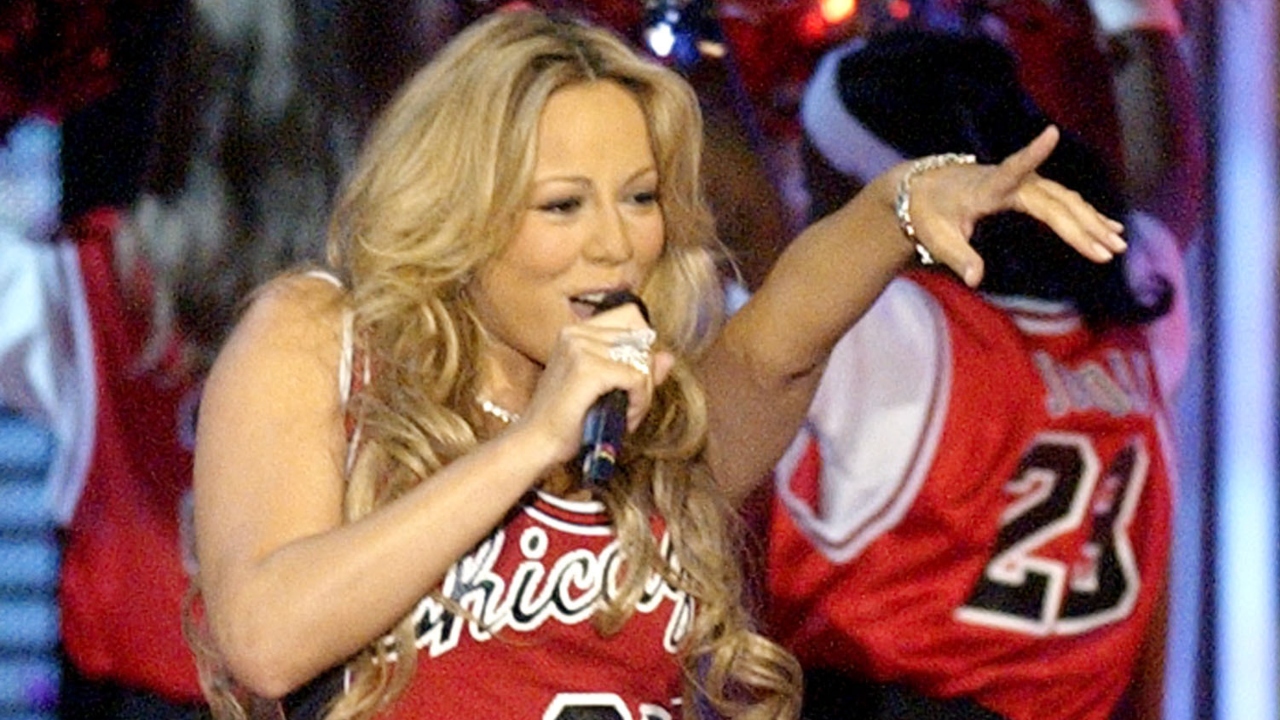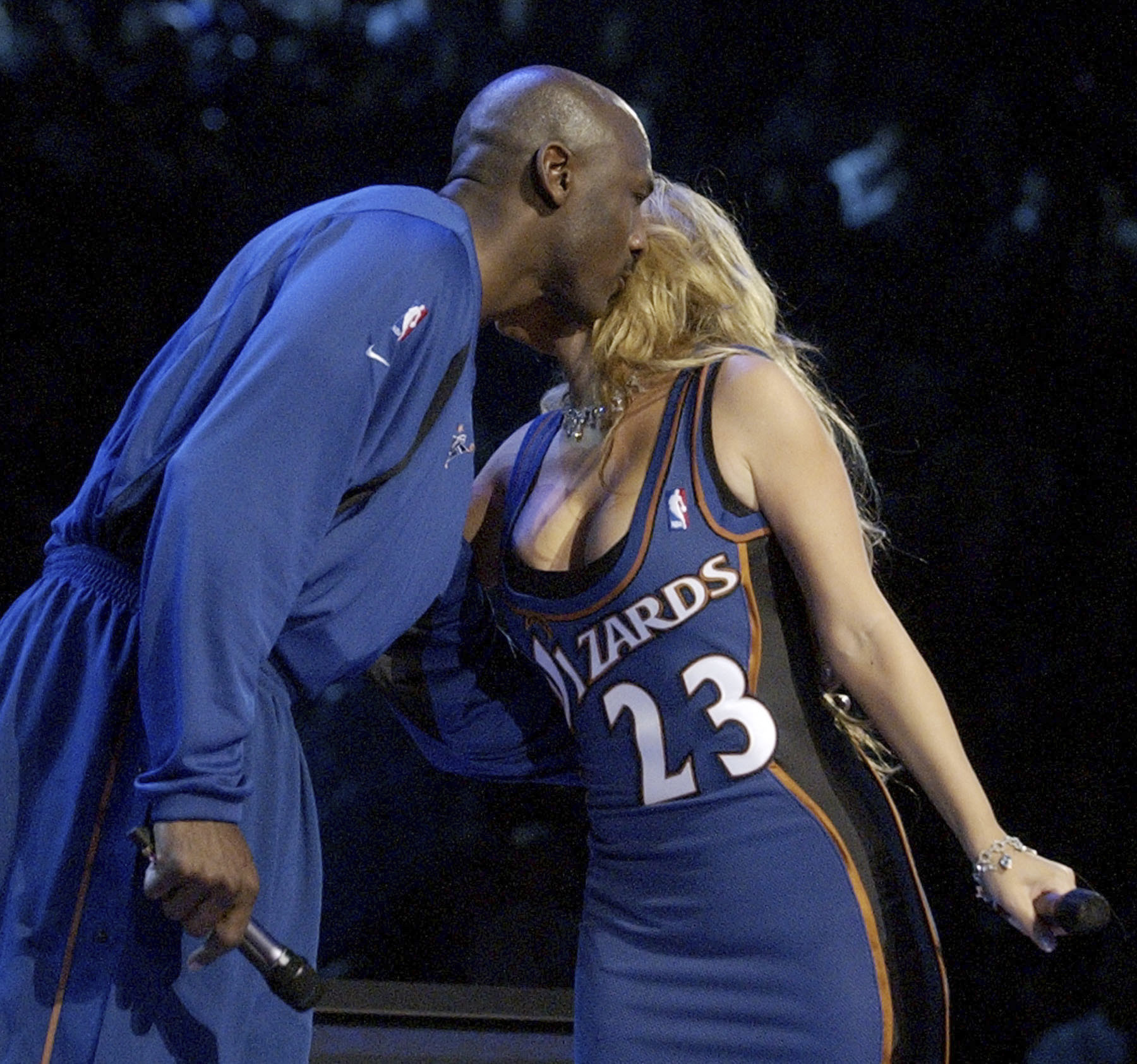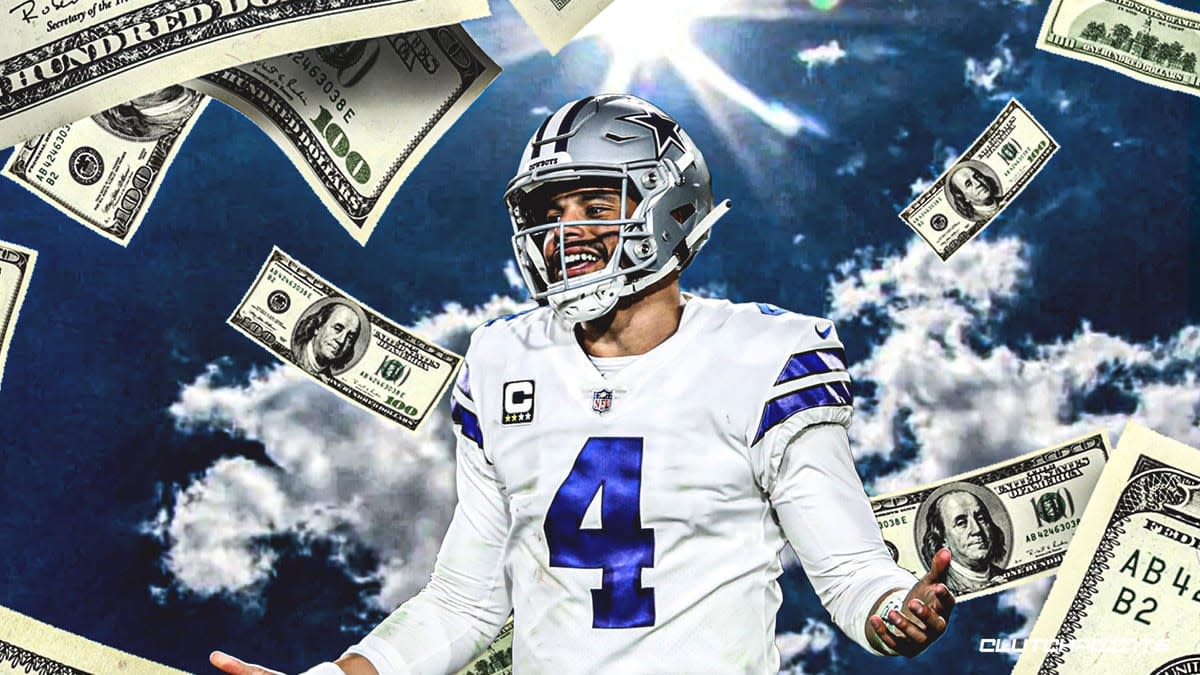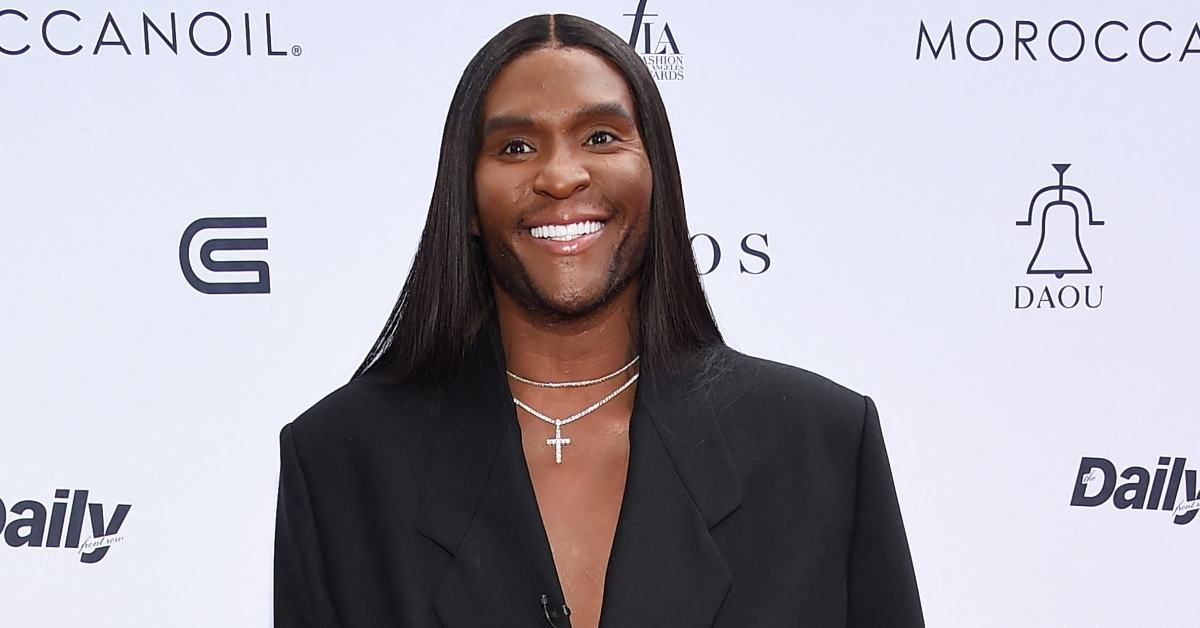Black designers who popularized fan gear 20 years ago struggle as white designers leap ahead
These new successes show how hard it is for small, independent creators to break into sportswear-as-womenswear — especially Black designers, […] The post Black designers who popularized fan gear 20 years ago struggle as white designers leap ahead appeared first on TheGrio.

These new successes show how hard it is for small, independent creators to break into sportswear-as-womenswear — especially Black designers, who popularized and innovated it two decades ago.
It started as a fun project. A white bodysuit, emblazoned with Cincinnati Bengals quarterback Jake Browning’s number and initials.
Taylor Damron had made it for her cousin, Browning’s girlfriend Stephanie Niles, to wear to the Jan. 7 game against the Cleveland Browns. Then, the outfit went viral.
“The next day, I woke up, and the world had kind of fallen in my lap,” Damron, 29, says.
Damron’s design rocketing to internet fame is just one story of how women’s fan apparel has found itself in the spotlight. Just a few days later, Taylor Swift would don a red puffer jacket with boyfriend and Kansas City Chiefs’ tight end Travis Kelce’s number for his game against the Miami Dolphins. Within a month, that jacket’s designer, Kristin Juszczyk, would score a NFL licensing deal.

These meteoric success stories have illustrated the potency of a market for women’s sports apparel that merges fashion and fan culture. They have also highlighted how hard it is for smaller, independent creators to break into the business — especially Black designers, who popularized and innovated sportswear-as-womenswear two decades ago.
Before Swift catapulted Juszczyk’s clothes to a new level of attention, the 29-year-old designer built a following online by repurposing jerseys into more high-fashion pieces — corsets, suits, skirts — for herself as she attended San Francisco 49ers games to support her husband, fullback Kyle Juszczyk. Her NFL chic couture has spread to other players’ partners and supporters across the league, including Simone Biles, Taylor Lautner and Brittany Mahomes.
Before Juszczyk sent Swift and Mahomes jackets for the Jan. 13 game, she had about 100,000 followers, according to Social Blade. Within a month, she had more than 1 million.
With her official license in hand, Juszczyk designed puffer vests commemorating Super Bowl LVIII, sported by celebrities. One such vest sold for $75,000, with proceeds going to the National Breast Cancer Foundation. Juszczyk herself wore a jacket stitched from jerseys, an ode to her husband’s football career, for Sunday’s big game.
While players’ wives and girlfriends have long represented their partners with custom designs, adopting team colors, logos and numbers, the interplay of fashion and gameday apparel was energized in the ’90s and early aughts, when Black artists were “pushing the needle of what was cool and trendy,” says Tayler Adigun, a culture and style writer.
“A lot of up-and-coming entertainers in the Black sphere maybe had difficulty getting larger names or fashion houses to want to outfit them or costume them for events and award shows and performances, so they kind of had to be a little bit more innovative in their approach,” Adigun says. “It’s something that was definitely born out of necessity.”
It led to a fusion of sportswear, fan merchandise and cutting-edge design, she says. And, of course, iconic looks: Mya’s blue North Carolina jersey dress was one. Then there was Mariah Carey in a floor-length Washington Wizards dress. Carey’s dress prompted a surge of interest and the NBA increased the designs they had in their NBA4her collection, according to a 2003 Baltimore Sun article.
When Larena Hoeber began doing research on women and sports, she didn’t set out to study apparel. But women kept bringing up how difficult it was to find something they actually wanted to wear to rep their teams. A decade ago, licensed women’s merchandise was often made with three key principles: “pink it, bling it, shrink it,” Hoeber says.
Sports leagues not taking risks on smaller creators is to their own detriment, says Hoeber, a University of Regina professor who has written about women’s sportswear and its perceptions. Smaller designers sometimes understand the market, and women’s varying desires, better.
“What’s really critical for women, I think, as sports fans, is they want the official logo, like they want it to look like, ‘This is it. I’m supporting my team,’” she adds. “So they want that, but they want it in clothing that matches their style.”
Women have wanted variety, and sports leagues have often underestimated the market, leading to innovation. Damron, who designed Niles’ viral bodysuit, launched a new collection of themed clothing that nod toward league teams after an outpouring of interest.
At Frankie Collective, employee Sara Gourlay saw a chance to rework vintage jerseys that weren’t selling — they became women’s streetwear, including corsets and crops, says Zak Miller, head of operations. The mission of the company is sustainability, and even without licensing deals, they’ve partnered with big brands like Adidas and Nike, or even the National Hockey League, to keep clothes from ending up in landfills.
“I thank Kristin just for the fact that, like, hey, she’s brought some visibility to an industry that has been around for a period of time right now,” Miller says.
Her high-fashion pieces stand out among other NFL license holders, which include powerhouse companies like Nike, Under Armour and Fanatics. (Juszczyk isn’t alone, though: Kiya Tomlin, a designer whose husband Mike Tomlin is the head coach of the Pittsburgh Steelers, has a license for her high-end apparel.)
Juszczyk did not respond to multiple requests for comment.

A spokesperson for the NFL said that the league has a standard application process for all partners, like Juszcyzk. A number of programs seek to make it easier for smaller companies to partner with the league, he added.
Twenty years ago, when fashion like this was taking shape, there weren’t the same partnerships and opportunities, Adigun says.
On one hand, Alexis Robinson, 32, is glad to see Juszczyk got a license.
“I’m glad more of this stuff can start being made,” Robinson, a Black designer who runs Boujee Basics, says. “And then on the other hand, it’s like it sucks because it’s been getting made for a long time and it’s just the process has been nearly impossible.”
Robinson started by making cropped denim jackets for herself. As they caught on, she started looking into licenses. It kicked off applications to all major leagues — from basketball, to football, to hockey and baseball. While it was a relatively simple process, with fees for all of them, she never heard back about her application to the NFL.
The upfront costs were too steep for another Black designer, De’fron Fobb, 45, who wanted to craft items when the New Orleans Saints made the Super Bowl in 2010. Since then, the Louisiana native has focused his apparel on college sports. He’s followed Juszczyk’s work for a while, he says.
“She does great work. Her designs and custom stuff is amazing,” he says. “But again, she’s fortunate enough to be in that field. So it’s a different lane for her than it is for most small business, like myself.”
Hoeber hopes the attention will open the door for more creators.
“Women are not a homogeneous group or a homogeneous market,” she says. “I think we’re starting to see cracks with recognizing that, it wasn’t just an offering of, ‘We’re going to take the men’s stuff and shrink it down to women.’”
Never miss a beat: Get our daily stories straight to your inbox with theGrio’s newsletter.
The post Black designers who popularized fan gear 20 years ago struggle as white designers leap ahead appeared first on TheGrio.












